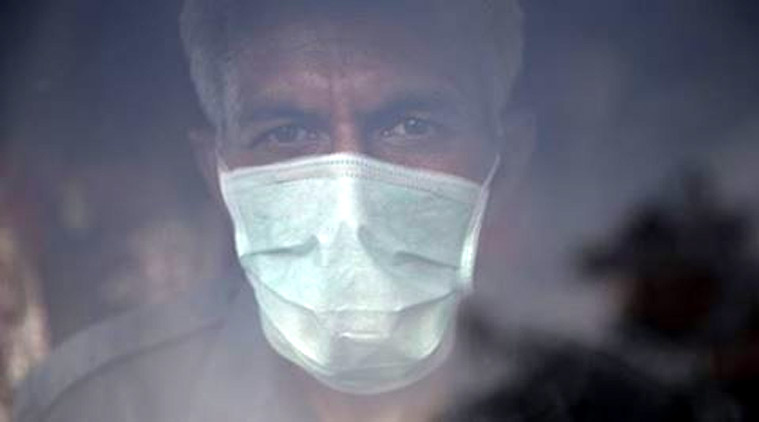An inside problem
Household air pollution is the invisible factor increasing ambient air pollution

The problem of air pollution and its ill-effects on people has gained significant traction in the media, largely driven by the abysmal air quality in Delhi and the dubious honour of Indian cities repeatedly topping global air pollution charts. Naturally, this has led the conversation to be primarily about ambient air pollution (AAP), particularly in urban areas. In turn, this has turned the spotlight on issues such as emissions from transport, crop burning, road dust, burning of waste and industries large and small.
However, this discourse leaves out the single largest source of air pollution — the pollution from our homes. Burning of solid fuels such as firewood and dung-cakes, mainly for cooking, results in emissions of fine particulate matter and form by far the single largest source of air pollution in the country. Various pieces of evidence underscore this fact.
Given the scepticism in some circles about the validity of such evidence based on its source, it is important to state that this evidence mostly comes from Indian studies, often involving some agency of the government of India.
First, various studies point out that the single largest cause of AAP is actually household air pollution (HAP). According to a 2018 international study led by many reputed researchers including five Indians titled “Burden of disease attributable to major air pollution sources in India”, 11 lakh deaths were attributable to AAP in 2015. Of this, as many as 2.6 lakh were due to HAP. A 2015 report of the Steering Committee on Air Pollution and Health Related Issues available on the Ministry of Health and Family Welfare’s website, (henceforth MoHFW, 2015), reached a similar conclusion that about 26 per cent of particulate matter AAP was caused due to combustion of solid fuels in households.
Second, HAP is a major cause of mortality and morbidity in the country on its own. The MoHFW, 2015 report states that HAP by itself, that is apart from its 26 per cent contribution to AAP, contributed to about 10 lakh deaths in 2010 and is the second biggest health risk factor in India (in comparison, AAP was seventh). A 2017 study spearheaded by the Indian Council of Medical Research titled “India: Health of the Nation’s States” found that the five leading causes of mortality and morbidity in India are, respectively, ischemic heart disease, chronic obstructive pulmonary disorder, diarrhoeal diseases, lower respiratory infection and stroke, of which there is strong and quantifiable evidence linking
HAP to four with diarrhoeal diseases being the exception. In other words, the overall, total health impacts attributable to HAP are more than half the health impacts attributable to air pollution. Therefore, there is a strong case to be made for tackling HAP on a war footing: This requires households to predominantly use fuels that burn cleanly, because even partial use of solid fuels can have significant health impacts.






































No hay comentarios:
Publicar un comentario